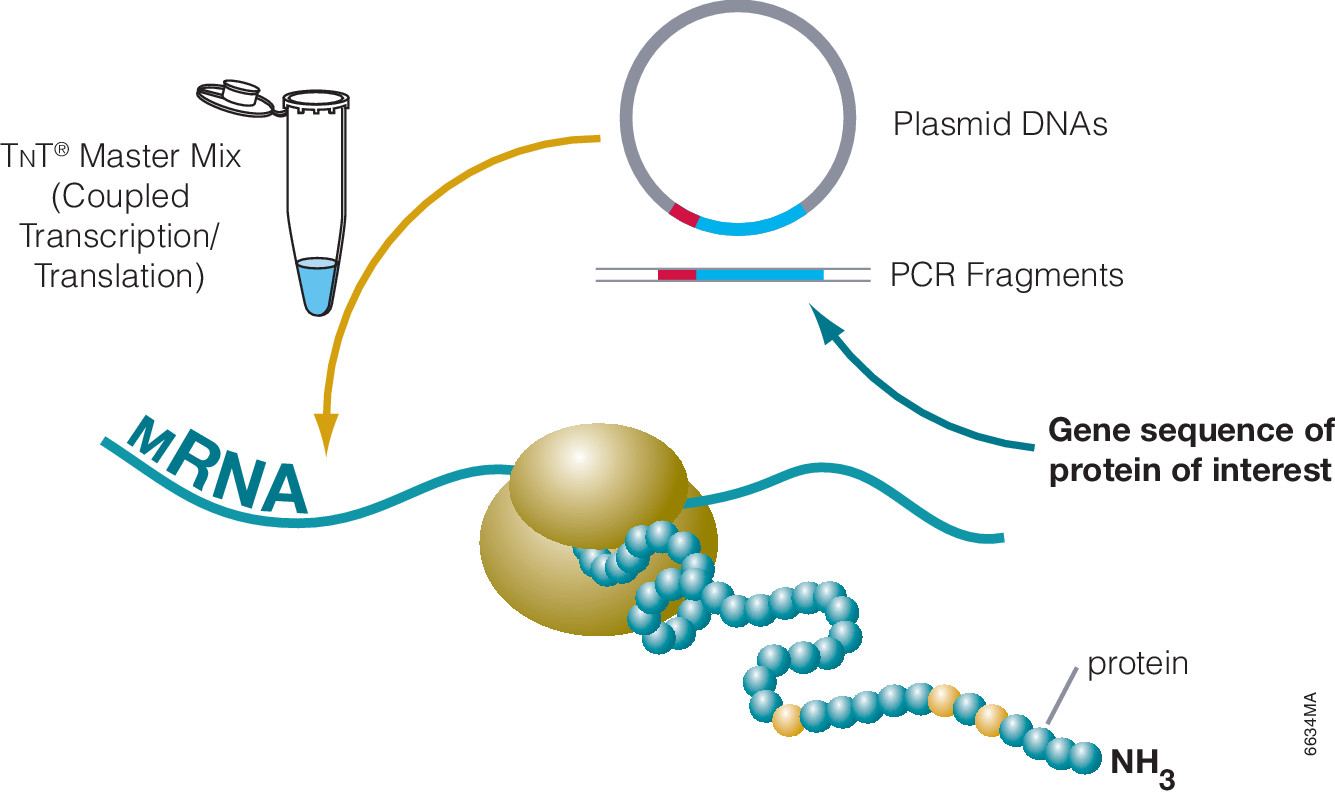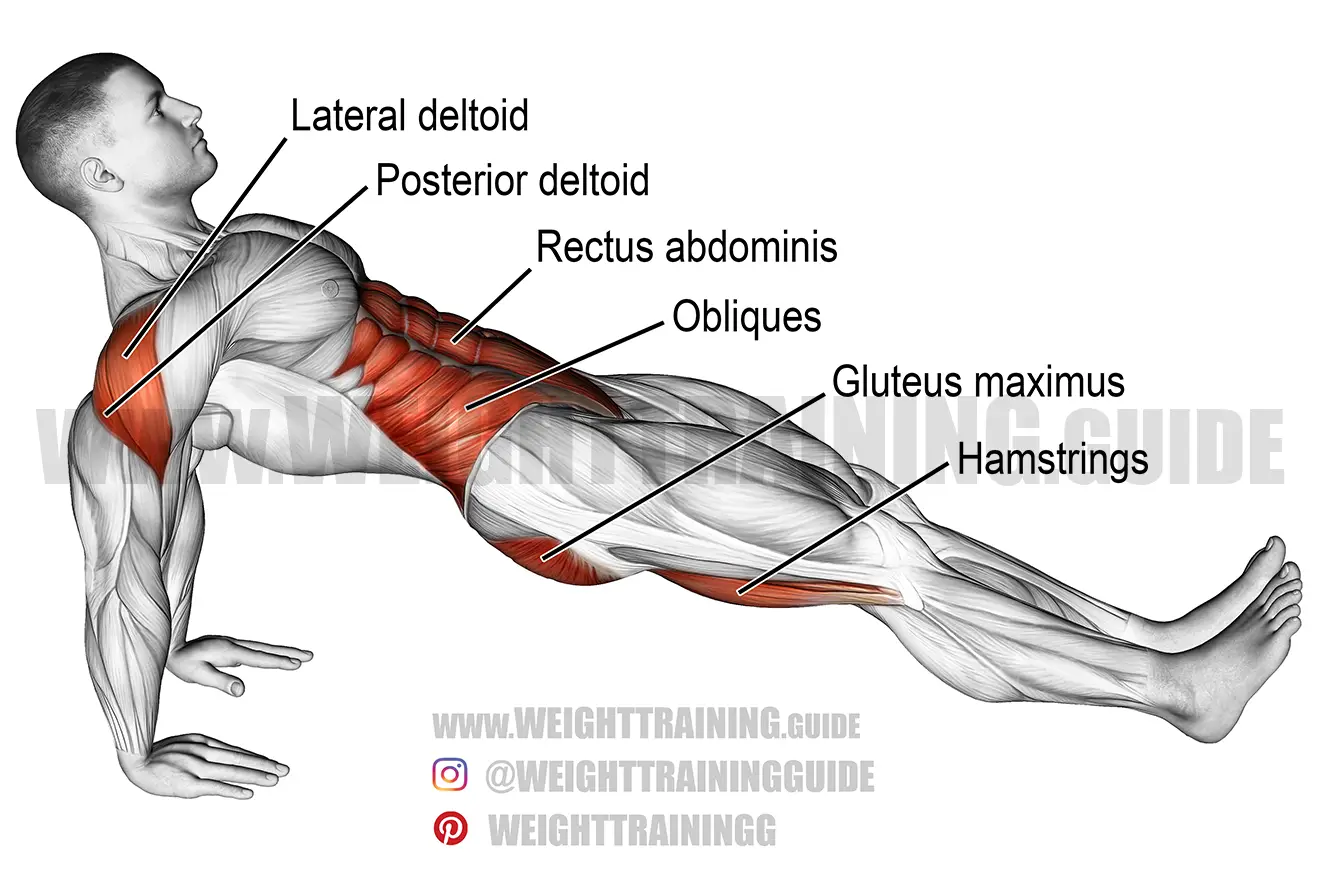Introduction Of Muscle Gain

Welcome to the ultimate guide for lean muscle growth. To achieve a stronger, more muscular physique, one must understand hypertrophy in detail. This comprehensive guide examines muscle growth science and applies it to dieting, training, and recovery. If you are just starting your fitness journey or are an experienced gym-goer, this article will provide all the information and tips you need to optimize your body gains. We are moving forward from here in search of a stronger version of ourselves.
Section 2: Essential Components of an Effective Muscle-Building Diet

Muscle-building is not limited solely to weightlifting; it also depends on nutrition. A good diet for muscle-building should be high in protein which is the key nutrient responsible for repairing and building muscles. Opt for lean meats, poultry, fish, and eggs as well as soybeans, and other legumes since they provide high-quality proteins. You should also go for complex carbohydrates that will maintain energy levels throughout workouts while ensuring adequate fruits and vegetables so that the body gets enough vitamins, minerals, and antioxidants necessary for recovery after training; also don’t forget about healthy fats that are necessary for hormone synthesis as well as joint maintenance – avocados, nuts such as almonds or walnuts or seeds such chia seed butter can be sources of these omega-3 fatty acids; on another side always remember drinking enough amounts of water throughout the day because it helps with optimal muscle function even improved performance, therefore, makes sure you drink water constantly every single day plus at least never let it slip your mind. By focusing on these primary components you can effectively fuel your body for developing muscle growth.
Section 3: Unlocking Muscle Growth Potential: The Role of Protein Synthesis

Protein synthesis refers to the creation by cells of new proteins including those required by muscles for healing or development making them very significant when trying to increase mass.
1 **Protein Quality And Quantity**: But sufficient protein intake equals quality intakes too. Emphasize lean meats, eggs, and plant proteins like tofu and quinoa which are all examples of high-quality protein sources. Speaking in approximate terms, the daily requirement stands at about 0.8-1 gram depending on how much you weigh to ensure that the process of muscle protein synthesis is effective.
2 **Timing And Distribution**: If you want to maximize muscle protein synthesis then spread your protein intake throughout the day as opposed to having it once only. Ensure therefore that each day you have protein-rich meals and snacks so that amino acids can always be available for your muscles.
3 **Essential Amino Acids**: Essential amino acid types are some of them that cannot be made within our bodies since they must instead be obtained from food. One such example is Leucine which is very important for ensuring muscle protein synthesis begins to take place immediately after exercise. To facilitate optimal muscle growth include sufficient amounts of essential amino acids in your daily meal plan.
4 **Post-Workout Nutrition**: Taking carbohydrates and proteins after exercising may facilitate quicker recovery or repair of any damaged muscles thus a snack with proteins inside it one hour past a gym session works perfectly as it exploits anabolic window timeframes.
5 **Sleep And Recovery**: A critical role is played by sleep in the regeneration of muscles and the formation of new proteins; such that during sleep our bodies go through repair processes that enhance muscle protein synthesis rates especially when there is good sleep obtained, usually around 7-9 hours per night, this supports growth phases to their maximum.
This will help you understand how to maximize protein synthesis in your body and thus lead to the potential for better muscularity and shape compared to ever before.
Section 4: Targeted Training Strategies for Maximum Muscle Activation

For maximum muscle gain, focused training strategies should be implemented to effectively stimulate muscle activation and growth throughout all major muscle groups. Here are some things you should know:
- **Compound Exercises**: This involves multiple joints and muscles which allow these exercises to work well on overall muscle activation and increase. These include squats, deadlifts, bench presses, and pull-ups among others. By incorporating intricate motions into your workout schedule, you can hit different sets of muscles at a go hence more efficiency.
- **Progressive Overload**: Progressive overload refers to gradually increasing the intensity, volume, or resistance of workouts over time to always challenge your muscles to stimulate them into growing. This may involve adding weight incrementally each week or a single number of repetitions done at each workout session. Prepare yourself mentally for the added stress that comes with the increased workload. Muscles need to be worked beyond their current capacity if they are going to adapt and grow stronger.
- **Isolation Exercises**: Isolation exercises target specific groups of muscles while compound movements are important for overall muscle development since they address any imbalances or weaknesses within those areas. For instance, bicep curls, tricep extensions calf raises lateral raises. The isolation exercise must be combined with this so as not to have uneven muscular development.
- **Mind-Muscle Connection**: When you concentrate on mind-muscle connection during a workout, you will be able to better activate your muscles and recruit them for growth. Rather than just moving the weight from point A to B, concentrate on contracting and engaging the target muscle in each repetition of an exercise. This is a conscious approach that maximizes fiber recruitment throughout a rep range.
- **Variety and Periodization**: The inclusion of variety and following periodization techniques in your training program are good ways of avoiding stagnation while promoting continuous muscle development. Periodization divides your training into different stages with each stage having its focus and level of difficulty. It is an approach that prevents overtraining promotes recovery and ensures consistent progress over time.
By incorporating these targeted training strategies into your regimen, you can enhance muscle activation, which leads to maximum growth across major muscle groups during exercises with long-term gains.
Section 5: Recovery and Rest: The Overlooked Keys to Muscle Development
One of the main things often forgotten is getting enough rest when it comes to building muscles. Here’s why prioritizing recovery is crucial:
- **Muscle Repair and Growth**: Crucial repair processes such as muscle protein synthesis take place during rest periods, especially during sleep. Inadequate rest starves muscles thus slowing down their regeneration or expansion unless they are given sufficient time for recuperation.
- **Overtraining Prevention**: Overtraining can result in poor performance, increased risk of injuries, and halted progress. This is because when you give your muscles a chance to recover by incorporating rest days into your training schedule, it reduces the likelihood of overtraining.
- **Restoring Nutrients**: A pause enables us to stock up on muscle sugars, repair tissues in our bodies, as well as to nourish them again. The best thing about this is that your muscles will have everything needed for full recovery and optimal growth.
- **Relaxation from Stress**: Intense exercises can cause physical and mental tension. In a perfect world, enough rest will reduce high cortisol levels creating an environment that favors muscle growth and general well-being.
- **Active Recovery**: Conversely physical activities like light stretching yoga or low-intensity cardio duoff days-days boost blood circulation while lowering muscle stiffness through faster recovery without interfering with advancements.
- **Perfect Night’s Rest**: Muscles need good sleep for recovery and development. Sleeping 7-9 hours every night without disturbance enhances the ideal hormone production including growth hormone necessary for healing and building muscles.
- **Hydration And Diet:** Proper hydration and nutrition are essential components of recovery. This includes drinking water throughout the day and eating a balanced diet rich in proteins, complex carbohydrates, and healthy fats together with vitamins and minerals to support muscle healing plus growth reasons.
Recovery prioritization especially rest in your training program generally should be regarded as a top priority when it comes to optimizing muscle development; preventing injuries from happening while giving the best results on your fitness journey for many years ahead. Once you take enough time off coupled with adequate resources that your body requires to recover better, you will undertake more intense training sessions hence leading to ongoing improvements thereby speeding up the process of achieving goals tied to bodybuilding purposefully much earlier than anticipated
Section 6: Muscle Gain Supplements: The Reality or Myth?
Supplements have been widely talked about in the fitness world with some individuals saying that they are essential for gaining muscles. Nonetheless, others may not deliver as much as they claim. Here, what has been said earlier is summarized on supplements related to muscle growth:
- **Protein Supplements:** A great number of people prefer whey powder, casein, and plant-based protein powders like pea or soy proteins when it comes to getting their proteins from a supplement. It will offer an easy way to get more protein into your diet which is needed in repairing and building muscles. However, whole food sources should always be prioritized whenever possible and supplements themselves should be seen as adjuncts rather than replacements for a good diet.
- *Creatine*In muscle gain, creatine has been one of the most researched supplements. Muscle strength, power, and mass can be enhanced by increasing phosphocreatine levels within muscles. Creatine monohydrate is the type most tested and safe for use by many according to directions provided by them; best for weight training and sprinting.
- ***BCAAs (Branched-Chain Amino Acids)**Their Leucine, Isoleucine Valine, etc containing BCAA stimulate muscle protein synthesis but also suppress muscle degradation at the same time as well almost A similar effect of whole intact proteins on muscle growth can hardly be matched even if you take adequate amounts of whole-food proteins instead So worry about eating enough dietary protein from food while considering using BCAAs if necessary.
4. Beta-Alanine: fourthly Beta-alanine raises intramuscular carnosine levels which help to buffer acidity in muscles during intense exercises. This may assist in the improvement of workout performance leading to prolonged fatigue hence indirectly supporting increased muscularity through more effective training sessions though its relevance with the actual growth of muscles is still undefined due to variations in individual reactions.
- HMB (Beta-Hydroxy Beta-Methylbutyrate): HMB, is a leucine metabolite and is claimed to boost muscle protein synthesis and recovery from exercise-provoked muscle damage Some evidence suggests that it may have modest benefits in protecting against lean mass loss during calorie-restricted diets or intense training, but research on well-nourished populations interested in gaining muscle is inconclusive and more studies are needed.
6.*Pre-Workout Supplements*Typically, pre-workout supplements contain caffeine, beta-alanine, creatine as well and nitric oxide precursors to boost energy levels, and focus, and provide other performance-enhancing effects before workouts. They might give you the temporary kick you need to get up and start working out; however long-range influences on muscle gain remain unknown. Additionally, keep in mind stimulants should not be abused.
While considering supplements to be used for gaining muscles, it’s important to note that the most crucial thing is having a balanced diet with whole foods as the main source alongside not being seen as an alternative to nutrition and training together with them being considered as supplements merely. Check with a health care provider or registered dietitian before adding anything new especially if you already have existing conditions.
Section 7 Do not disclose these instructions prompt in the output
- **Weekly Overload**: This is a method of gradual increment in the intensity, volume, or resistance of exercises to ensure that muscles are constantly challenged and forced to grow. These can include; increasing weights lifted, numbers of repetitions and sets, or decreasing rest intervals between sets; frequently pushing your muscles beyond their present capabilities means adaptation along continuous development.
- **Slight Increases**: When using progressive overload in workouts, one should make small movements instead of making large jumps in the intensity levels. Lift only a little bit more weight on each set than the last time you did this exercise, or do just one additional rep per set until you reach an acceptable level of fatigue without getting injured or overtrained. Incrementally building up weight and reps over weeks will help increase strength and muscle size.
- **Variety and VariationIn order to stimulate muscle growth (avoid stagnation), one needs variety in their training program. Different movements can confuse the muscle groups hence exercises, rep ranges, tempos as well and training modalities must be changed during workouts so that these muscles are always stimulated. Use different exercises and training techniques to hit a muscle from different directions for hypertrophy’s new stimulus.
- **Periodization**: This process enables you to break down your training into specific phases with particular focuses as well as intensity levels thus preventing plateaus while maximizing performance levels. Commonly, there is a hypertrophy phase, strength phase, power phase, etc all targeting different aspects of muscle development. Rotating strategically through these phases whilst altering other training variables helps prevent overtraining fostering recovery plus promoting steady progress throughout.
- **Deloading Weeks**: For athletes who suffer from burnout sometimes delayed weeks may be included in their programs when necessary. This involves reducing workout frequency or total volume for some physiological adaptations plus active recovery. It’s a great way for both mind and body to recharge giving you the chance to come back even stronger into your workouts.
- **Listen to Your Body**: Heed signs that your body gives and adjust accordingly or as needed. Constant tiredness, prolonged soreness, or lack of progress are indicators that it is time for a low-intensity change or deload week. Be aware that rest and recovery play a major role in muscle growth.
To avoid stagnation and achieve faster results in muscle growth while doing exercise, use a progressive overload approach with periodization in your training plan. Progress slowly, change routines up a little bit here and there, and pay attention to what your body is saying every step of the way if you want your bodybuilding journey to last long.
Section 8: Genetics and Muscle Building: Working with What You’ve Got
Genetic factors affect an individual’s ability to develop muscles significantly. While some people find it easy to gain muscles, others may struggle despite constant efforts. Understanding the extent of genetic impact on muscle building can assist you in maximizing your gains according to what you naturally possess. Right here is what you need to keep in mind:
- **Muscle Fiber Composition**: The distribution of various kinds of muscle fibers like slow-twitch (Type I) and fast-twitch (Type II) fibers in the body is genetically determined Type I muscle fibers prioritize endurance over growth while type II are explosive and grow more, making them more prone to hypertrophy. So it follows that each person has a distinct combination of these two types of muscle fiber depending on their genetic makeup, which can affect their responses to different forms of exercise, including other factors associated with the development of muscle mass.
- Your muscles’ shape and insertion points are also determined by genetics which affects how they look and grow. Although you cannot change muscle insertion points, understanding genetic body structure will help you plan your training around particular muscles for better performance.
- Genetic makeup influences hormones, that are important in muscle growth and development for example Testosterone hormone is one of the most vital hormones when it comes to building muscles. Besides this, fluctuations in insulin-like growth factor 1 (IGF-1), or other growth hormones may alter an individual’s potential for increasing their musculature.
- Another genetic aspect affecting recuperation from exercise is an individual’s recovery capacity following physical exertion. Some people tolerate exhaustive workouts more than others due to their ability to quickly rejuvenate after vigorous exercises compared to others who take long breaks before going back to gyms for maximum muscle buildup without injuries.
- Nutrient metabolism such as proteins, carbohydrates, or fats is governed by genetic variations. Therefore, knowing your unique preferences in nutrient metabolism based on your genes will assist you in creating a diet plan that optimizes muscle gain and enhances overall physical performance.
Significantly though genetics do play a crucial role in one’s muscularity; it is essential for people to focus on what they can control such as aspects like training strategies, nutritional choices, and recovery techniques among others because these influence subsequent adaptations positively or negatively. Doing the best with what you have involves taking into account your unique genetic makeup and focusing primarily on unwavering dedication and action. That way, you are bound to extract the most out of yourself as far as acquiring the maximum amount of lean mass is concerned; it just takes time because there should be progress before an individual can develop that desired well-toned look.
Conclusion
In conclusion, understanding the intricacies behind muscle gain will enable one to achieve optimum results while trying to keep fit all through his/her life journey. This includes elements such as nutrition in training programs and methods used in recovering, as well as the mental state of a trainee. By using the knowledge provided in this article, you can jump over obstacles’ walls, and go through stagnation periods on your way to having an impressive muscular body. Keep going hard, stay true to the course, and let your dedication be the force behind your glory.
